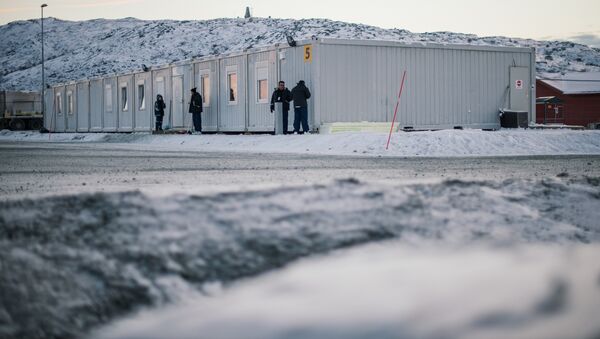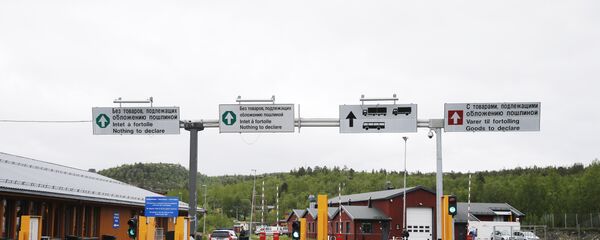"UDI wants to maintain a contingency plan in Finnmark County after January in order to be able to deal with new arrivals from across the border. How exactly the solution will be is what we are working on right now," UDI press advisor Vibeke Schjem wrote in an e-mail to Norwegian national broadcaster NRK.
The contract between UDI and Arrival Center Finnmark expired on November 15. Despite the fact that not a single asylum-seeker has arrived in Finnmark since June 26, three employees are on the spot to keep the center "warm." The center is managed by the company Hero Norge, which last year reported a record profit of 852 million NOK ($101mln).
Visiting #Kirkenes in #Norway's #arctic. Interesting town on the border with #Russia pic.twitter.com/PElF5yTHON
— Artur Wilczynski (@Arturmaks) 18 сентября 2016 г.
According to center manager Kent Richard Witzøe, UDI were working on a permanent readiness solution starting from February 1 next year.
"It is important that UDI and the Norwegian state maintain such an emergency response center in case there are new arrivals. This way, we can open this camp on short notice," Kent Richard Witzøe told NRK, admitting that he had "no idea" about the possibility of new waves via the Storskog border station.
Last year hundreds of asylum-seekers poured into Norway through the so-called "Arctic route" via Russia, using the border station Storskog as an entry point. In total, 5,445 asylum-seekers representing 42 nations entered Norway via Murmansk Region, peaking at close to 200 people a day. Many of them cycled to Norway in order to bypass the restriction on crossing the border on foot. Refugees switched their attention to polar Russia as a more circuitous, yet safer way to reach their desired destinations in the Nordic countries after a number of EU member states decided to close their borders. The influx came to a standstill following bilateral agreements and decisive action on Russia's part.
Subsequently, the Norwegian authorities expressed self-criticism of the way the crisis was handled. Both UDI, police, Justice Ministry and Norwegian health authorities were criticized.
Heading for Kirkenes 👌 #E6 #Roadtrip #powertour #Finnmark #NordNorge #vei #kirkenes #neide… https://t.co/LACLoza2Ii pic.twitter.com/qzc8m2DbTD
— Eirik Aadde (@Aadde1) 7 октября 2016 г.





